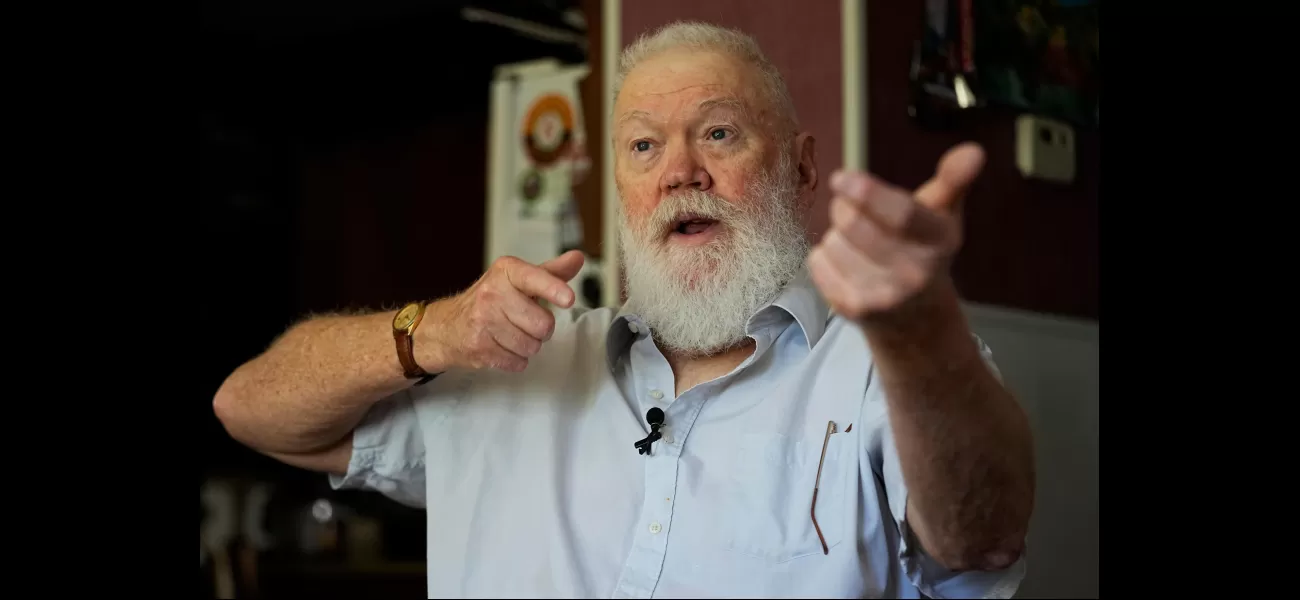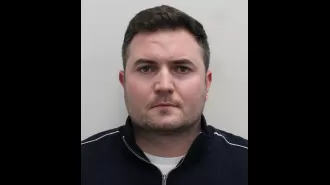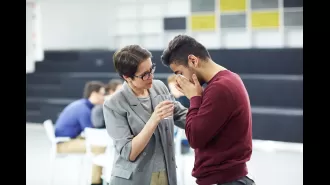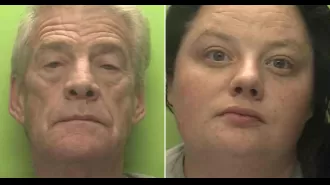1970: Kent State students shot by troops, similarities seen in current campus protests.
In the 1960s, a significant event in American history occurred, marked by violence and widespread campus protests that led to the closure of many colleges and universities.
May 4th 2024.

Dean Kahler was a freshman at Kent State University in Ohio when the unthinkable happened. He was among a group of unarmed war protesters who were suddenly under fire from the Ohio National Guard. Without hesitation, Kahler flung himself to the ground and covered his head, trying to protect himself from the bullets raining down around him. But he couldn't escape the inevitable - he was hit by one of the M1 rifle rounds.
More than 50 years later, Kahler still vividly remembers the moment he was struck. It felt like a bee sting at first, but he soon realized it was far worse. The bullet had gone through his lung, shattered three vertebrae, and damaged his spinal cord, leaving him paralyzed. The tragic event at Kent State, where four students were killed and nine others injured, marked a turning point in U.S. history and sparked nationwide campus protests against the Vietnam War.
Today, the shootings at Kent State continue to hold significance, as college students across the country protest against another distant war and administrators struggle to balance free speech with the need for order. For Kahler, it's a familiar scene, and he can't help but wonder if colleges have learned from the mistakes of the past.
In recent weeks, police have made over 2,400 arrests at dozens of U.S. colleges and universities during demonstrations against the Israel-Hamas conflict. Meanwhile, Kent State, a school known for promoting civil dialogue, has remained relatively peaceful. University president Todd Diacon believes this is due in part to the school's commitment to embracing freedom of speech and avoiding the demonization of opposing viewpoints.
But even at Kent State, there is still an underlying tension. Adriana Gasiewski, a junior and journalist for the school newspaper, reports that both Jewish and Palestinian students feel unsafe on campus, and fears that the situation could escalate. She points to schools like Columbia University, where the current wave of protests began, as a potential powder keg. Gasiewski's fear is that history will repeat itself, and the National Guard will be called in to handle the demonstrations, just as they were at Kent State in 1970.
Ralph Young, a historian at Temple University, sees clear parallels between the Vietnam War protests of the past and the current demonstrations against the Israel-Hamas conflict. He believes that the recent crackdowns on protesters will only fuel the fire and spread the movement to other college campuses. And he's not alone - even New York City Mayor Eric Adams has accused outside agitators of causing chaos, similar to how Ohio Governor James Rhodes blamed external groups for the violence at Kent State.
Chic Canfora, who was protesting on the Kent State commons on May 4, 1970, shares this concern. She escaped injury, but her brother was shot and wounded. As a journalism teacher at Kent State today, she worries that administrators are using the actions of a few violent protesters to vilify the entire movement. She believes that universities should allow students to be the conscience of America, just as they have been throughout history.
Gregory Payne, an expert on the Kent State shootings, believes that today's protesters are fighting a war that is atrocious for all sides involved, just as the Vietnam-era protesters did. He hopes that the legacy of this era will not be one of death and bloodshed, as it was for Kent State.
More than 50 years later, Kahler still vividly remembers the moment he was struck. It felt like a bee sting at first, but he soon realized it was far worse. The bullet had gone through his lung, shattered three vertebrae, and damaged his spinal cord, leaving him paralyzed. The tragic event at Kent State, where four students were killed and nine others injured, marked a turning point in U.S. history and sparked nationwide campus protests against the Vietnam War.
Today, the shootings at Kent State continue to hold significance, as college students across the country protest against another distant war and administrators struggle to balance free speech with the need for order. For Kahler, it's a familiar scene, and he can't help but wonder if colleges have learned from the mistakes of the past.
In recent weeks, police have made over 2,400 arrests at dozens of U.S. colleges and universities during demonstrations against the Israel-Hamas conflict. Meanwhile, Kent State, a school known for promoting civil dialogue, has remained relatively peaceful. University president Todd Diacon believes this is due in part to the school's commitment to embracing freedom of speech and avoiding the demonization of opposing viewpoints.
But even at Kent State, there is still an underlying tension. Adriana Gasiewski, a junior and journalist for the school newspaper, reports that both Jewish and Palestinian students feel unsafe on campus, and fears that the situation could escalate. She points to schools like Columbia University, where the current wave of protests began, as a potential powder keg. Gasiewski's fear is that history will repeat itself, and the National Guard will be called in to handle the demonstrations, just as they were at Kent State in 1970.
Ralph Young, a historian at Temple University, sees clear parallels between the Vietnam War protests of the past and the current demonstrations against the Israel-Hamas conflict. He believes that the recent crackdowns on protesters will only fuel the fire and spread the movement to other college campuses. And he's not alone - even New York City Mayor Eric Adams has accused outside agitators of causing chaos, similar to how Ohio Governor James Rhodes blamed external groups for the violence at Kent State.
Chic Canfora, who was protesting on the Kent State commons on May 4, 1970, shares this concern. She escaped injury, but her brother was shot and wounded. As a journalism teacher at Kent State today, she worries that administrators are using the actions of a few violent protesters to vilify the entire movement. She believes that universities should allow students to be the conscience of America, just as they have been throughout history.
Gregory Payne, an expert on the Kent State shootings, believes that today's protesters are fighting a war that is atrocious for all sides involved, just as the Vietnam-era protesters did. He hopes that the legacy of this era will not be one of death and bloodshed, as it was for Kent State.
[This article has been trending online recently and has been generated with AI. Your feed is customized.]
[Generative AI is experimental.]
0
0
Submit Comment





